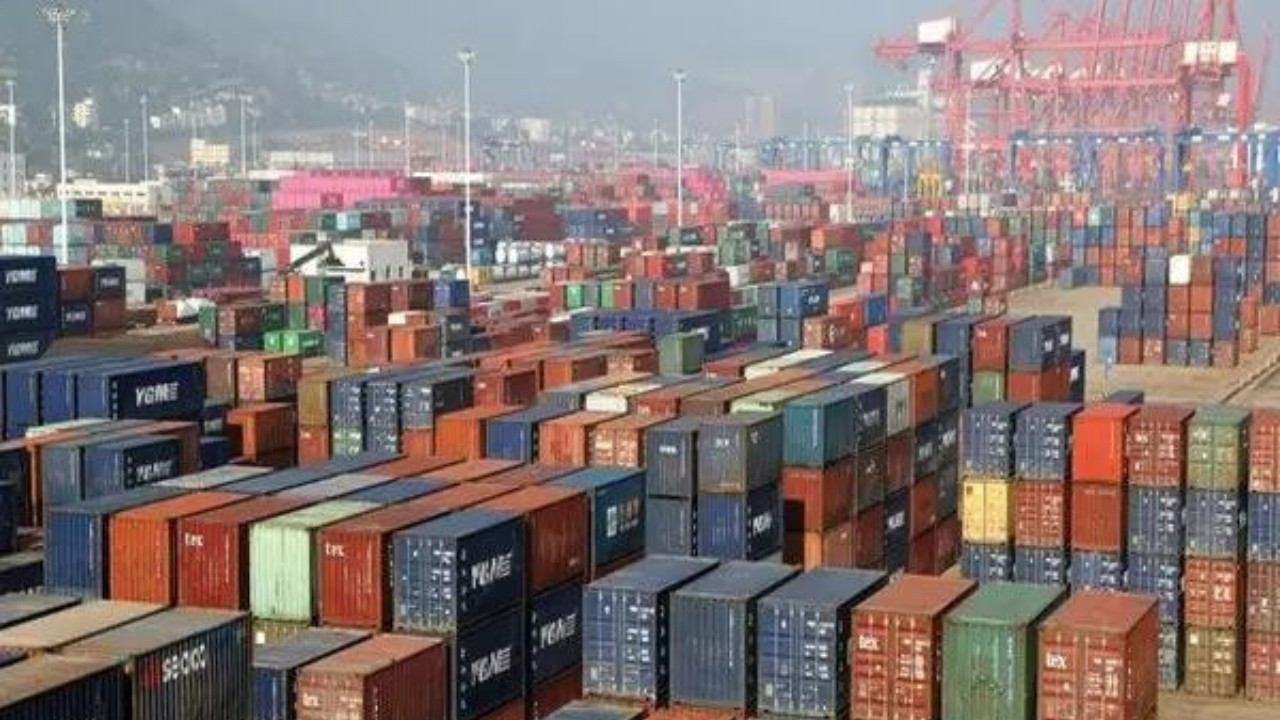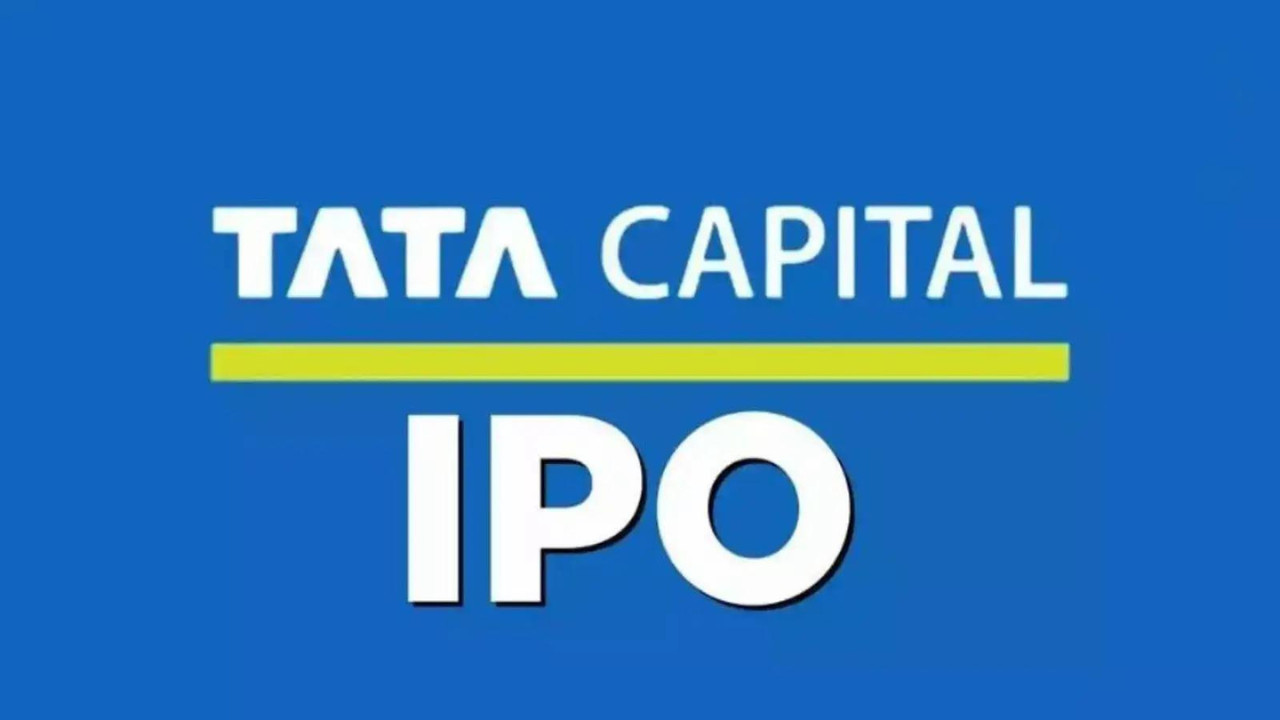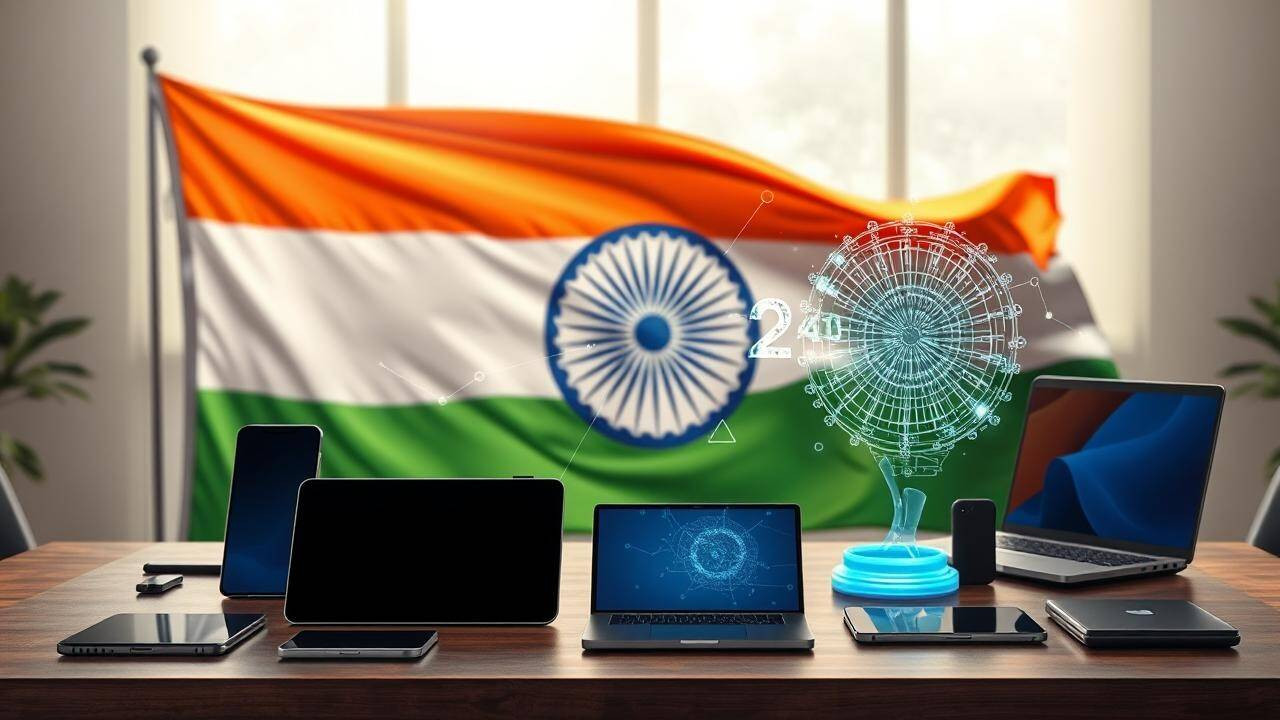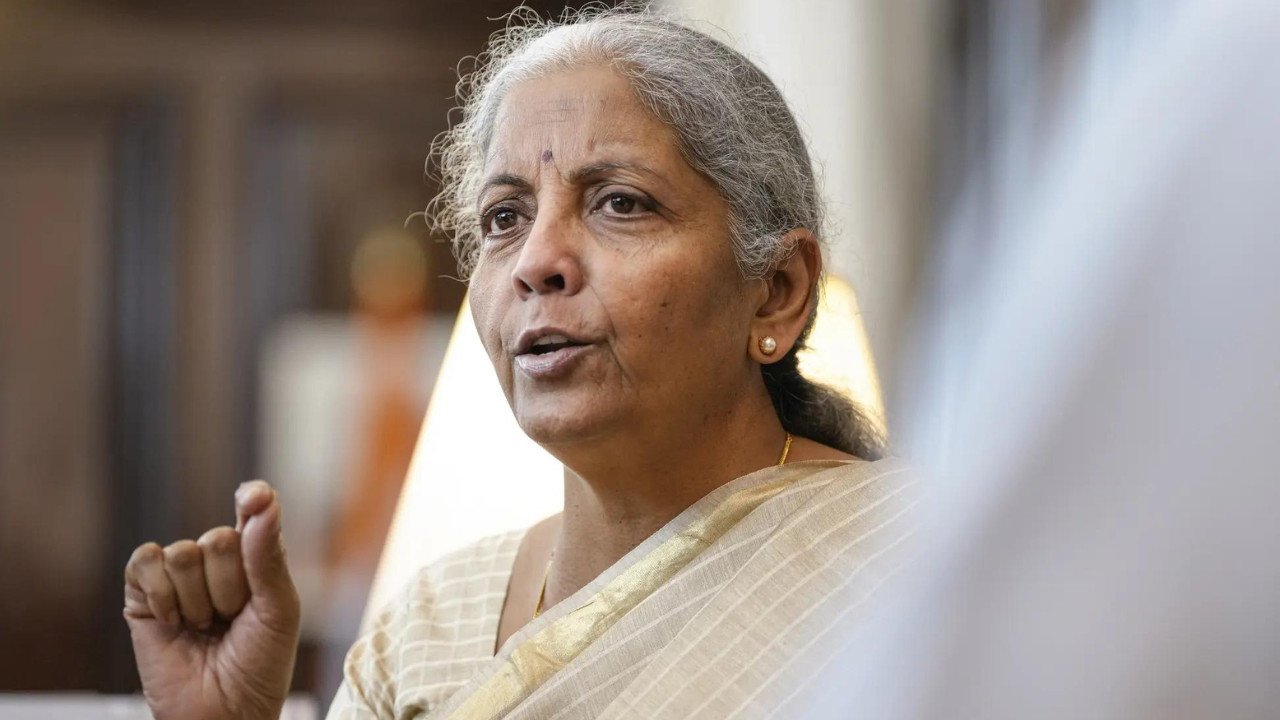The next AITIGA review negotiations are scheduled for October 6-7, 2025, in Jakarta, hosted by Malaysia, following the tenth round in New Delhi focused on enhancing trade effectiveness. India-Singapore JWGTI met on August 14 to discuss priority sectors, supply chains, and trade digitalisation. Singapore is India’s largest ASEAN trading partner with $34.26 billion in trade.
Charting a New Course: India and ASEAN Revamp Trade Ties
The bustling city of Jakarta is poised to become the epicenter of trade discussions this October, as India and the Association of Southeast Asian Nations (ASEAN) gear up for the next review of the ASEAN-India Trade in Goods Agreement (AITIGA). This isn’t just another meeting; it’s a pivotal moment to redefine a trade relationship that’s already a significant force, but holds even greater potential. The current AITIGA came into force in 2010, and with the rapidly evolving global trade landscape, both sides recognize the need for a more contemporary and comprehensive framework.
The stakes are high. Bilateral trade between India and ASEAN has surged to an impressive $123 billion, a testament to the existing agreement’s success. However, there’s a growing consensus that the AITIGA needs an upgrade to address emerging challenges and capitalize on new opportunities. Think of it like upgrading your phone – the old one still works, but the new one offers faster speeds, better features, and a smoother overall experience. That’s the goal here: a trade agreement that’s fit for the future.
Addressing the Concerns: A Modernized AITIGA
One of the key focuses of the upcoming review is addressing concerns raised by Indian businesses regarding the utilization of the existing agreement. Some sectors feel they haven’t fully benefited from the AITIGA, citing issues like non-tariff barriers and a lack of information on specific trade procedures. The review aims to iron out these wrinkles and ensure a level playing field for all stakeholders.
The discussions will also delve into streamlining customs procedures, reducing trade costs, and promoting greater transparency. Imagine a smoother flow of goods across borders, with less red tape and more predictability. This is what a modernized AITIGA could deliver, fostering a more conducive environment for businesses on both sides.
Why a Renewed Focus on India ASEAN Trade Makes Sense
Several factors underscore the importance of this AITIGA review. First, the global economy is becoming increasingly multipolar, with India and ASEAN playing increasingly vital roles. Strengthening trade ties between these two dynamic regions is not just beneficial economically; it also has strategic implications. A robust economic partnership can foster greater stability and cooperation in the Indo-Pacific region.

Second, both India and ASEAN are undergoing significant economic transformations. India is rapidly emerging as a manufacturing powerhouse, while ASEAN countries are becoming increasingly integrated into global supply chains. A modernized AITIGA can facilitate these transformations by promoting greater investment, technology transfer, and innovation. Think of it as a synergistic relationship, where India’s manufacturing capabilities complement ASEAN’s strengths in areas like electronics, agriculture, and tourism.
Furthermore, a revised trade agreement aligns perfectly with India’s “Act East” policy, which aims to deepen engagement with Southeast Asia. By strengthening economic ties, India can build stronger political and cultural connections with its eastern neighbors. You can read more about how India is strengthening ties with partner nations on [this page](internal-link-to-related-content).
Navigating the Road Ahead
The path towards a modernized AITIGA won’t be without its challenges. Negotiating trade agreements is a complex process, requiring compromise and consensus-building. However, the shared commitment to strengthening economic ties between India and ASEAN provides a strong foundation for successful negotiations. Both sides recognize the mutual benefits of a more comprehensive and contemporary trade agreement.
The Jakarta meeting in October presents a valuable opportunity to address outstanding issues, explore new areas of cooperation, and ultimately chart a new course for India ASEAN trade. The outcome of these discussions will have far-reaching implications for businesses, consumers, and the overall economic landscape of the region. It’s a story worth watching closely. The potential for growth and shared prosperity is immense.
Ultimately, the AITIGA review represents a proactive step towards building a stronger and more resilient economic partnership between India and ASEAN. By addressing existing concerns, embracing new opportunities, and fostering greater transparency, both sides can unlock the full potential of their trade relationship and drive sustainable economic growth for years to come. The future of India-ASEAN trade looks promising, and the Jakarta talks could well be the catalyst for a new era of collaboration and prosperity.







